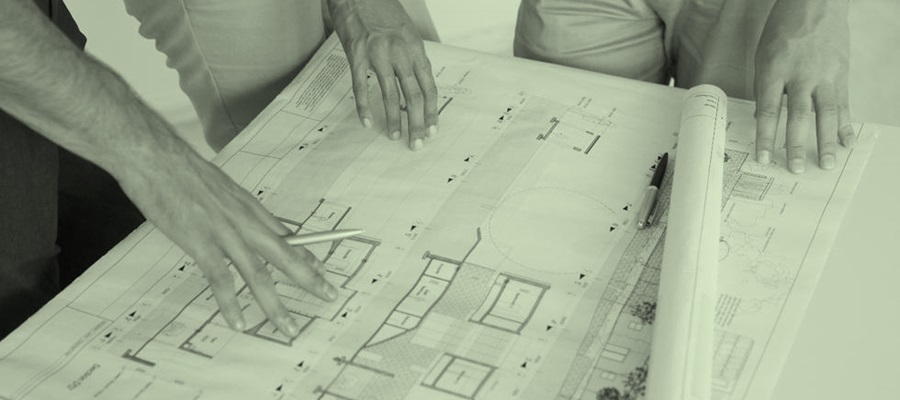Design activities for the purpose of R&D Tax Credits

The software underpinning RDRelief was sold to one of the big-4 professional service firms in 2018. Consequently, the brand is no longer in operation.
- R&D Tax Advisors are invited to find out more about the Inspired.tax claim preparation software.
- Otherwise, please feel free to continue to browse this website for useful information regarding claiming R&D Tax Credits in the UK. However, beware that none of the information has been updated since 2018.
Contents
Background
We often get asked whether 'design' can be included within an R&D Tax Credits claim. Unfortunately, the answer is not straightforward as it depends upon the project itself, your processes and the nature of the design itself.
Although design is specifically referenced within the BEIS guidelines, the criteria is the same as for any other undertaken on an R&D project (see directly contributing activities for the general rule).
BEIS Definition
"When achieving design objectives requires the resolution of scientific or technological uncertainty within a project, work to do this will be R&D. Design activities which do not directly contribute to the resolution of scientific or technological uncertainty within a project are not R&D.
Analysis
Design is key to all R&D projects, however (often contrary to common belief) design is not necessarily an activity that will always qualify as R&D for Tax Purposes and we know (from non-RD Relief prepared claims), that it's incorrect inclusion has led to many HMRC enquiries.
For work to be included in an R&D claim it must be undertaken in an attempt to overcome the projects scientific or technological uncertainty.
This means that any purely aesthetic design considerations will not qualify, but any technical design, undertaken after the point that the technological (or scientific) problems have be identified, will be likely to qualify.
